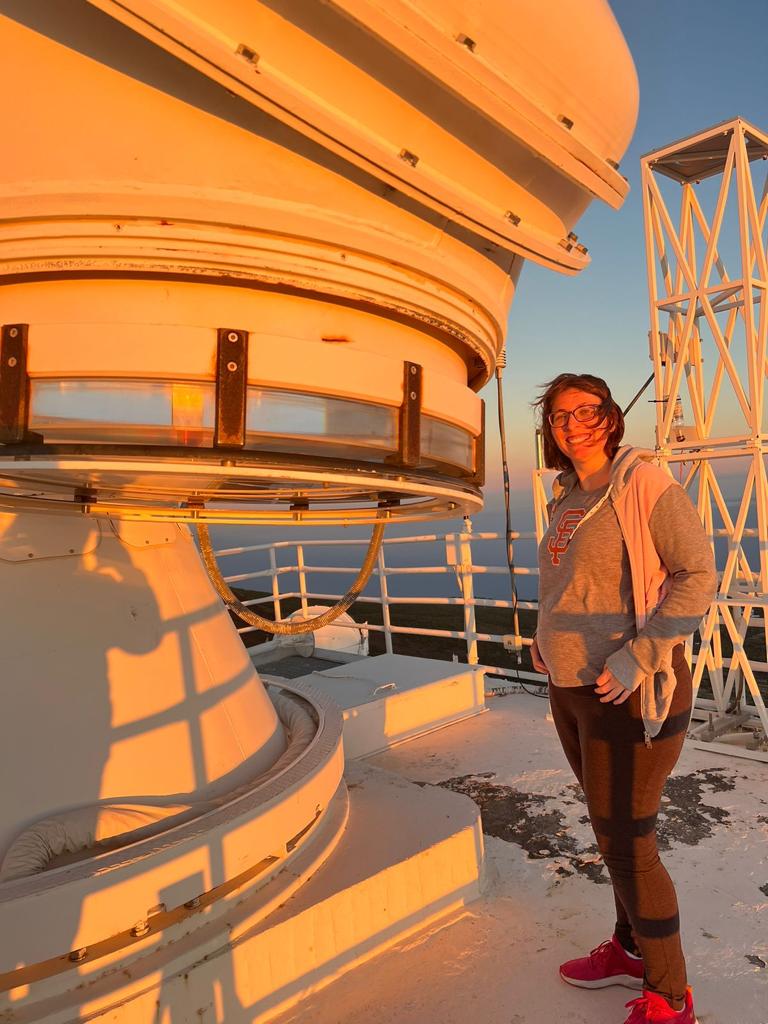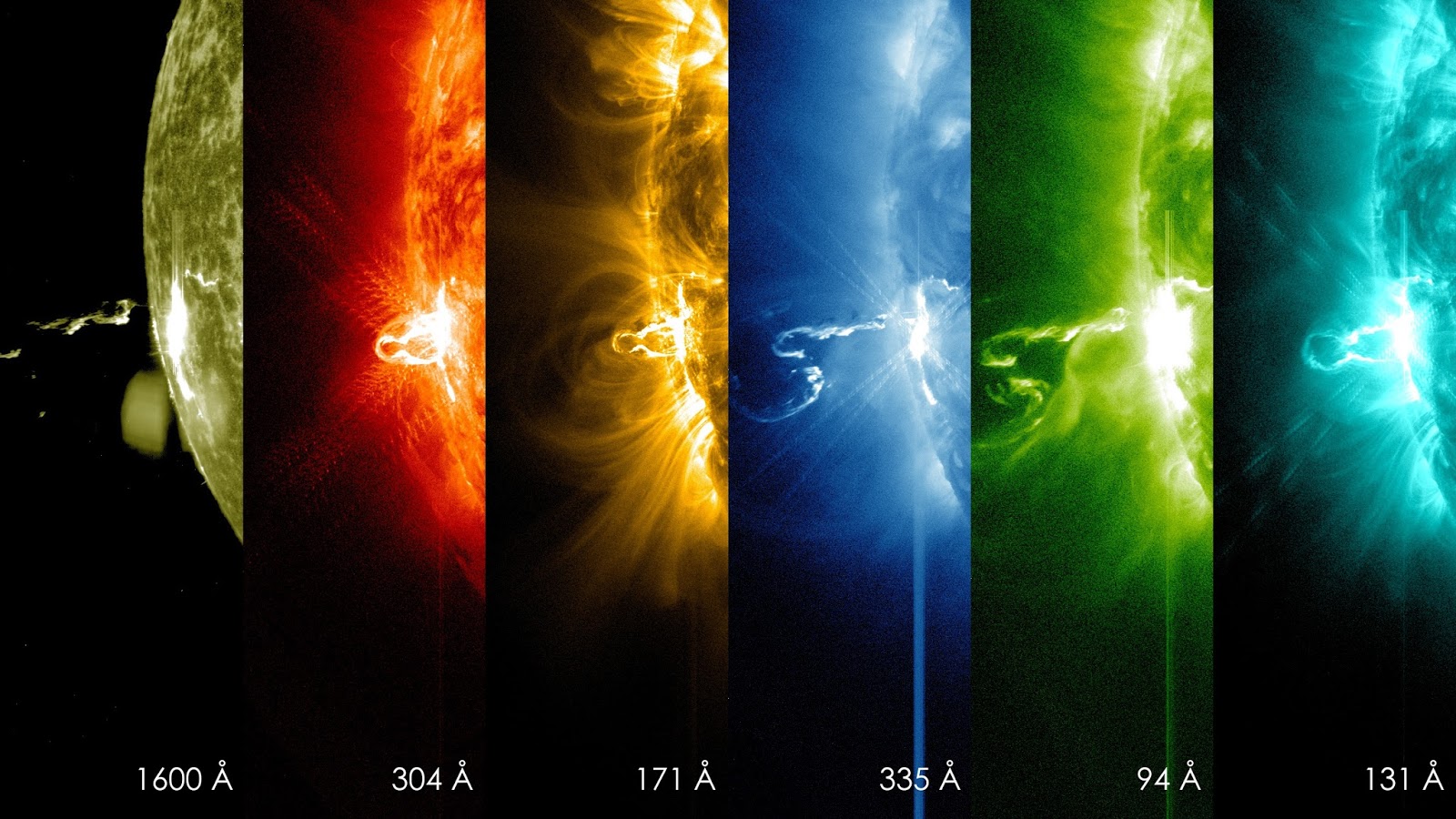
The solar magnetic field in the Sun reveals itself in different structures, being sunspots one of the most wonderful ones. They are the oldest known manifestations of solar activity and appear on the solar surface as single entities or in groups associated with magnetic bipoles (known as active regions). Sunspots are large magnetic field concentrations that inhibit the normal convection observed on the solar surface. This inhibition makes these structures cooler and darker than the surrounding photosphere. Moreover, the sunspots are frequently associated with one of the most energetic events in the Sun: solar flares. These events, and associated eruptions, if strong enough, may cause damage to the Earth. This is why it is important to better understand the behavior of sunspots, particularly the behavior of the magnetic field associated with them. Such knowledge would improve our understanding of the Sun and would also help prevent possible damage to our technology.
An interesting and still open question in Solar Physics concerning solar flares is their ability to produce local heating, and if so, the mechanism(s) underlying this heating. One possible source of local heating is the ohmic dissipation, whose determination requires the evaluation of electric currents. We are in a sweet opportunity as the newly developed Stokes inversion code (FIRTEZ-dz) is able to perform the inference in the x, y, z domain and thus it allows the determination of, among other physical parameters, electric currents. This way, combining these new properties of this inversion code with the very good spatial resolution data observed by SP/SOT/Hinode, we have studied a flare event that led to important photospheric heating and we have estimated the contribution to this heating by ohmic dissipation.

This Friday colloquium will be hybrid. Attendees can therefore participate either in-person or via Zoom. Please join via Zoom at
https://uio.zoom.us/j/69219418811?pwd=cmpvTG9kdGp3cWFGQmtaTU43UnNqUT09
Attendees will be muted during the colloquium, but will have the opportunity to ask questions at the end by clicking on the "raise hand” button (or send a request via chat).